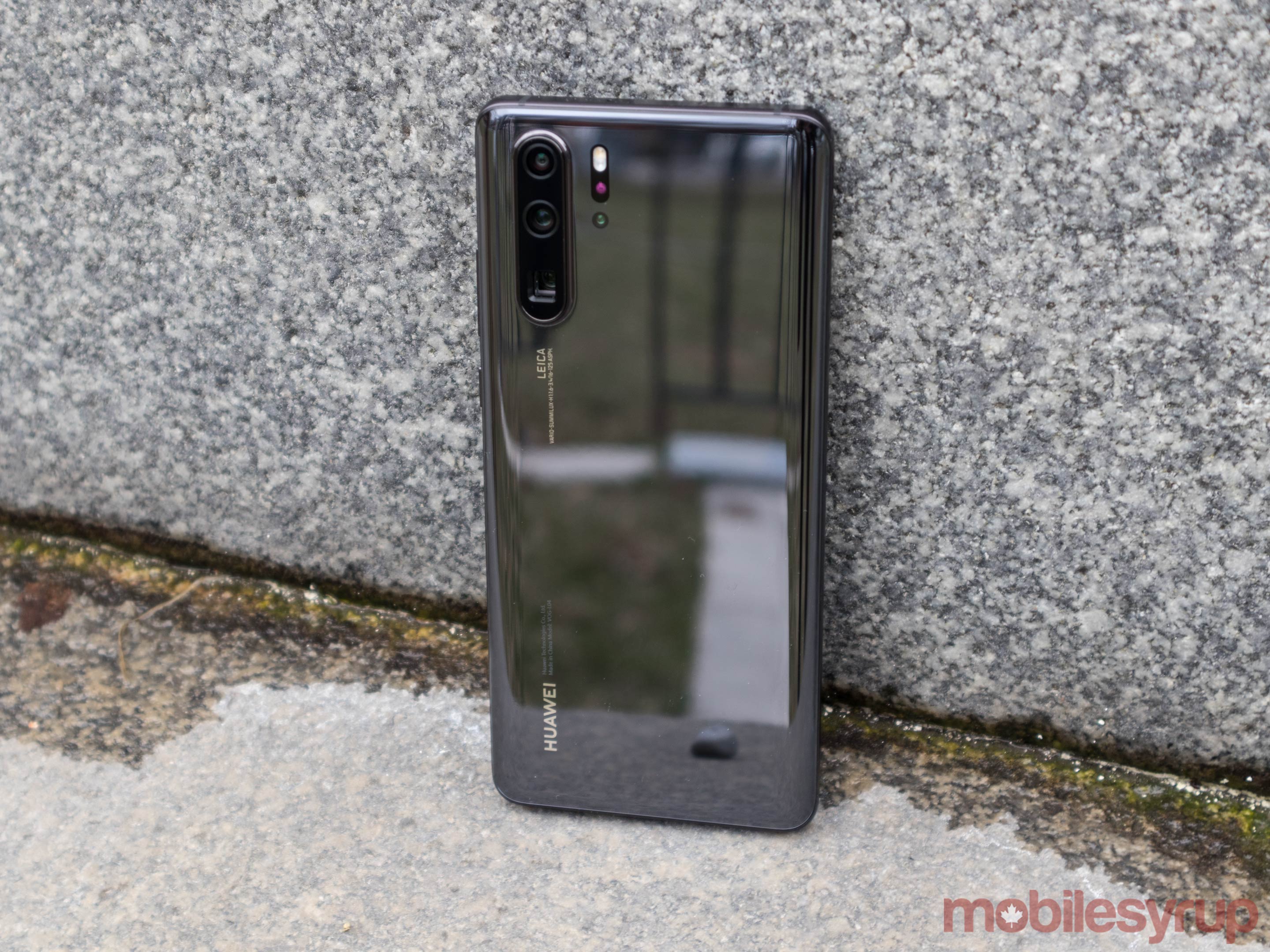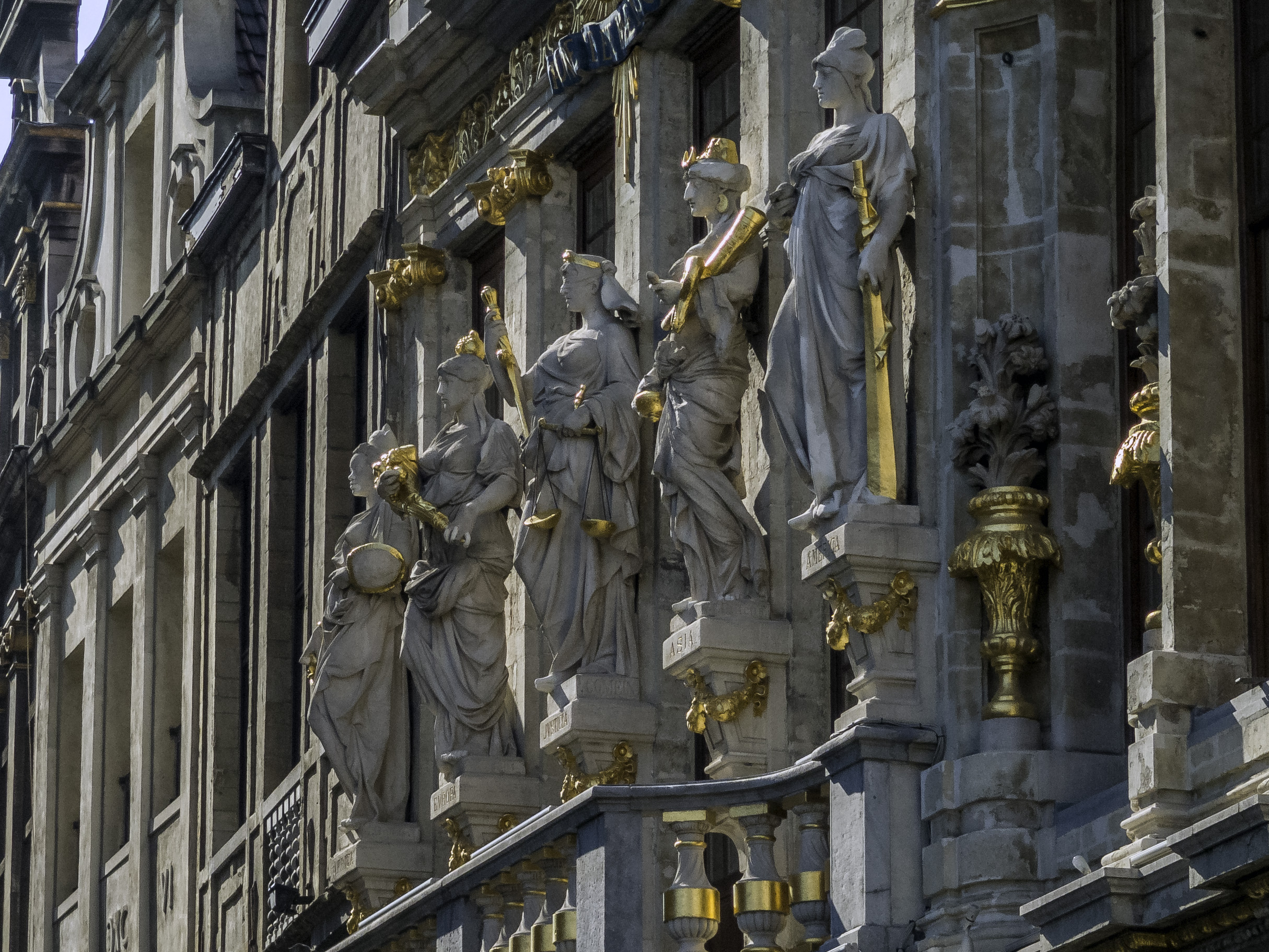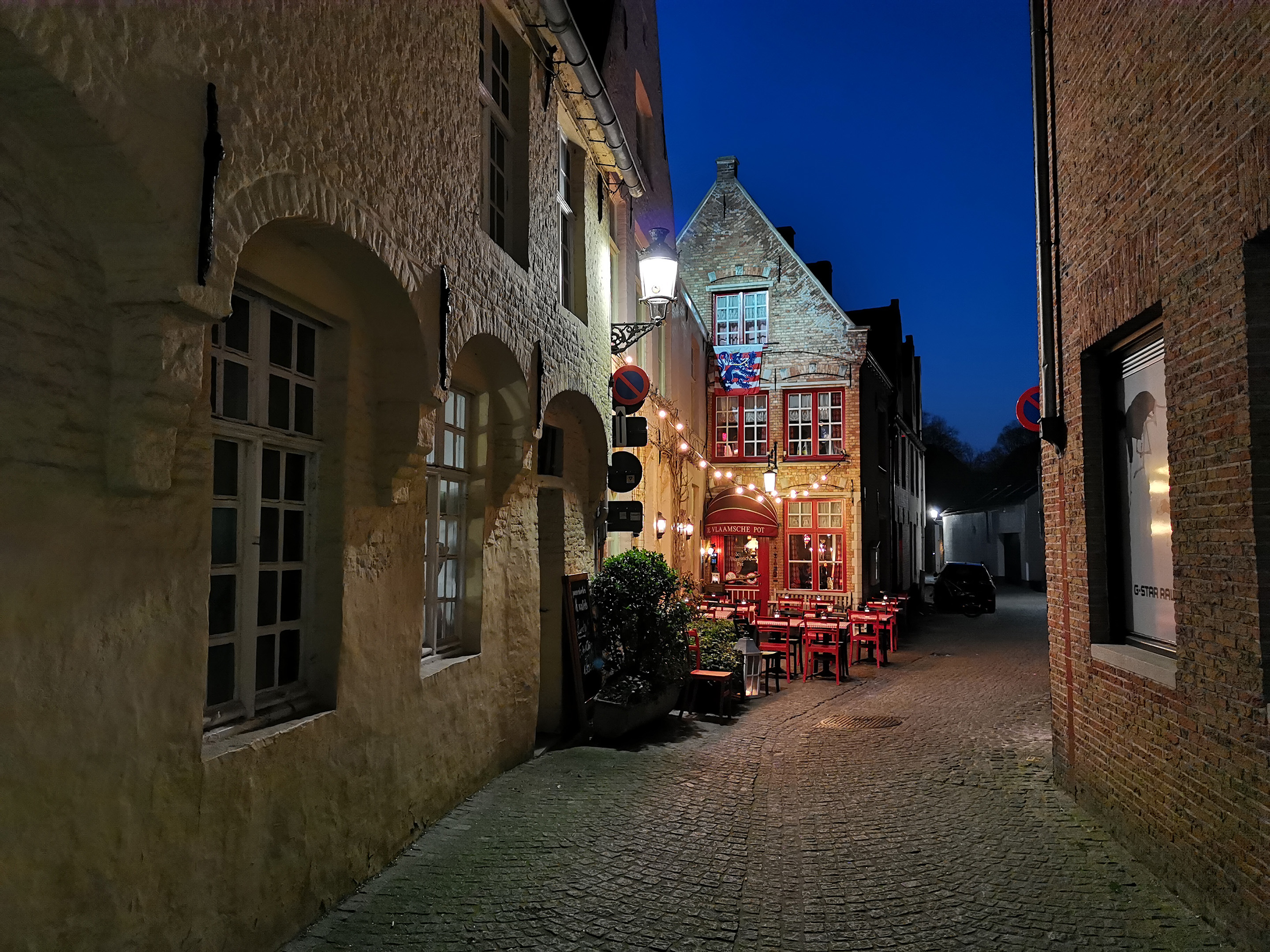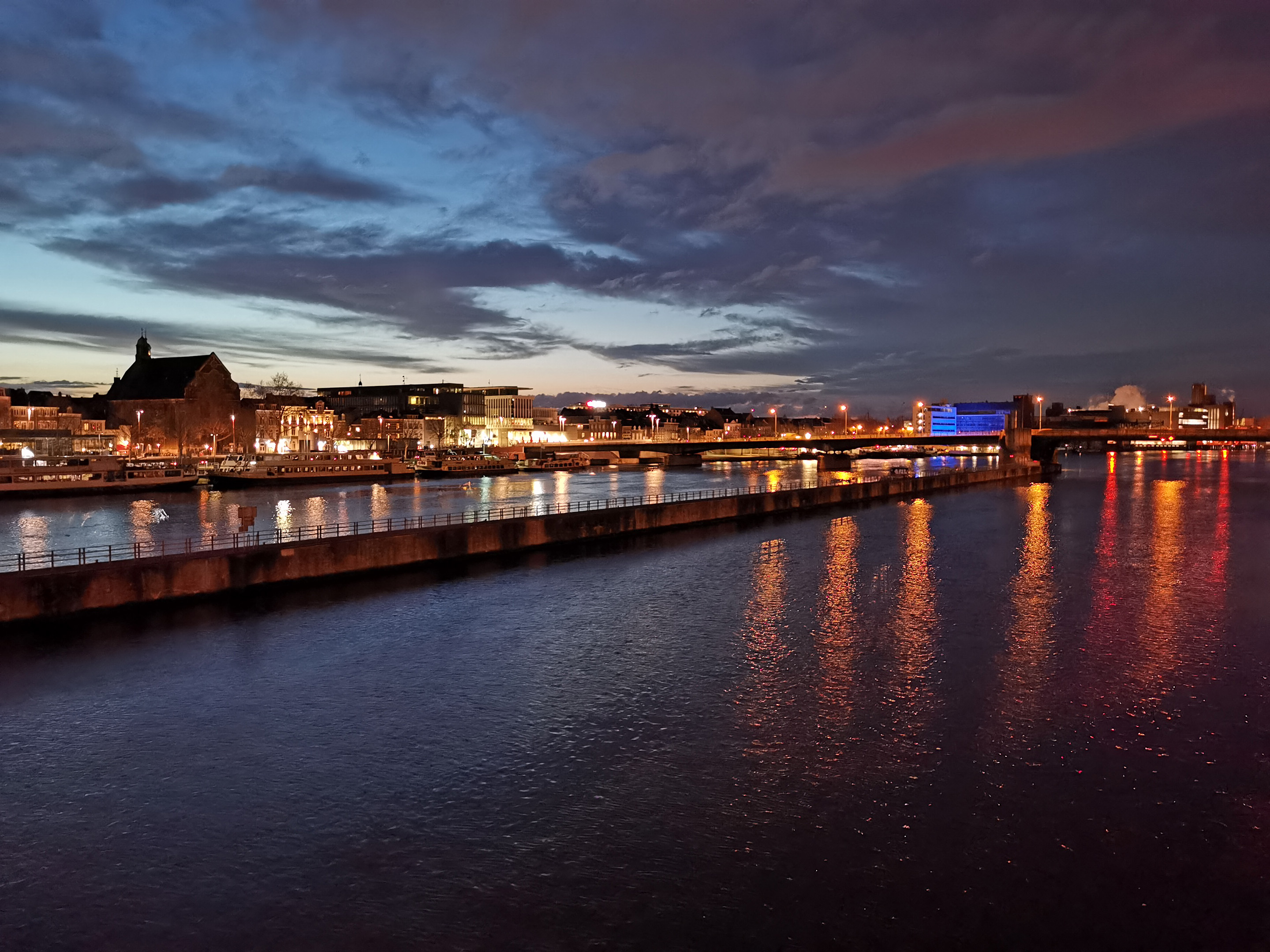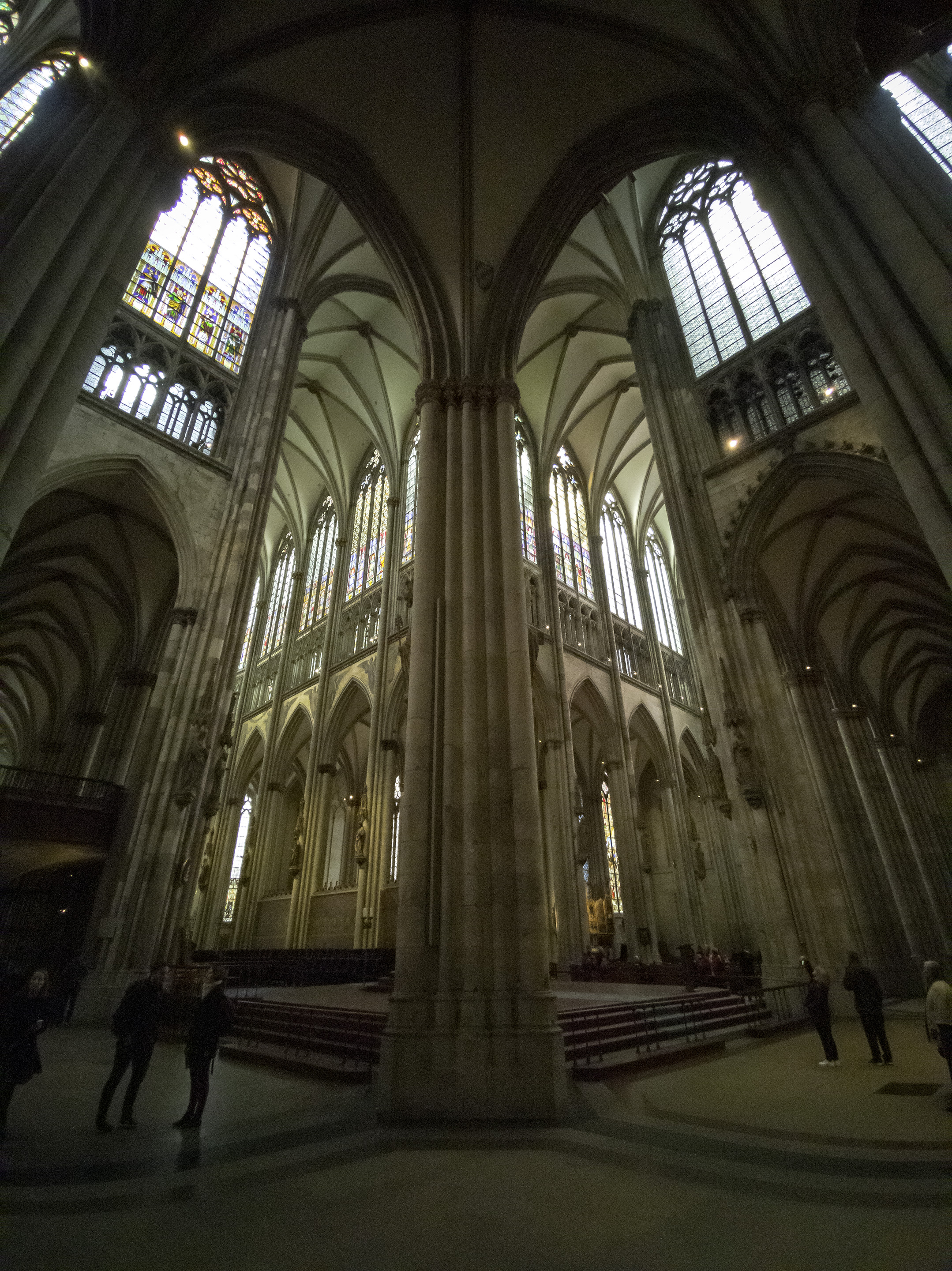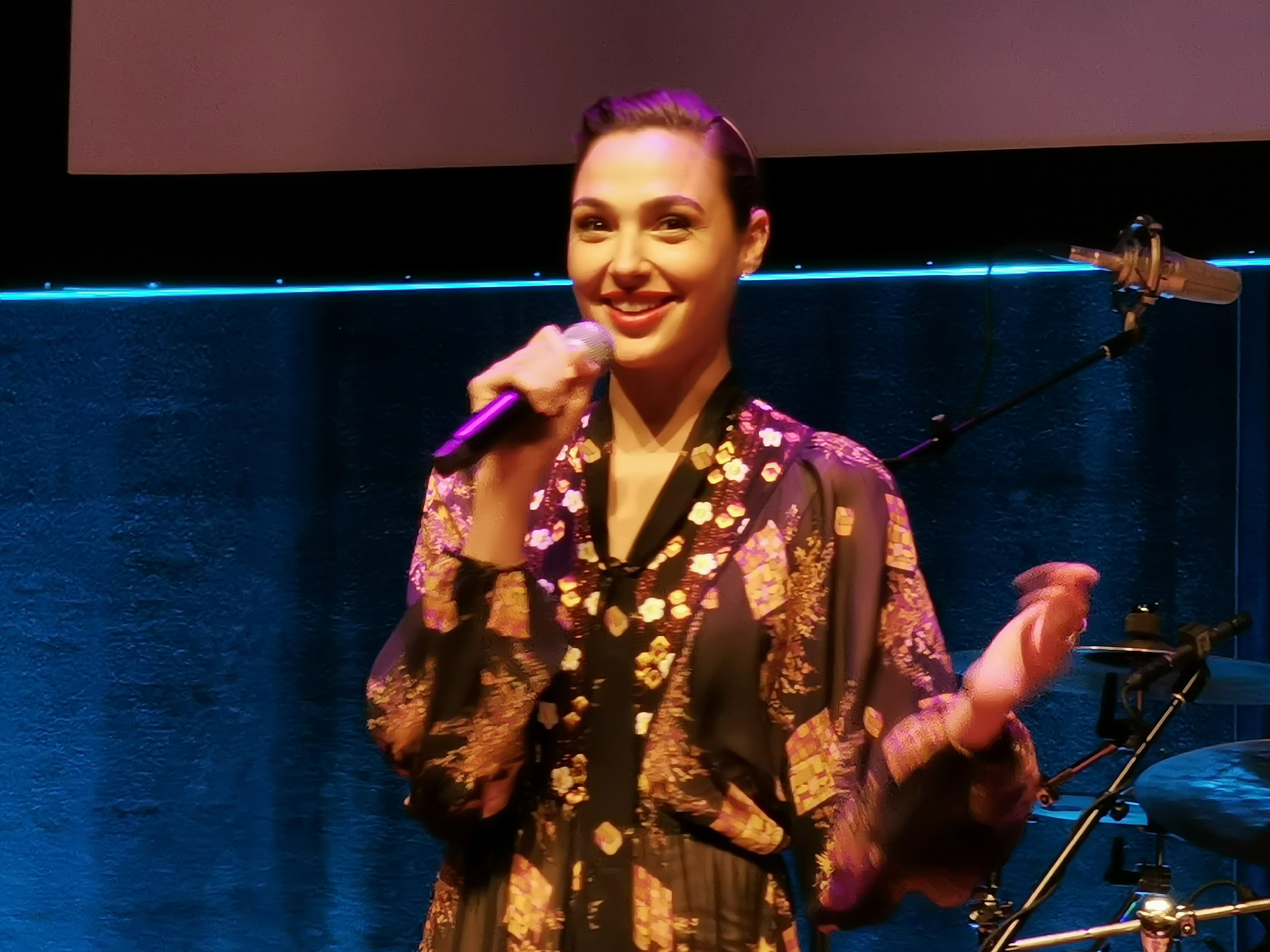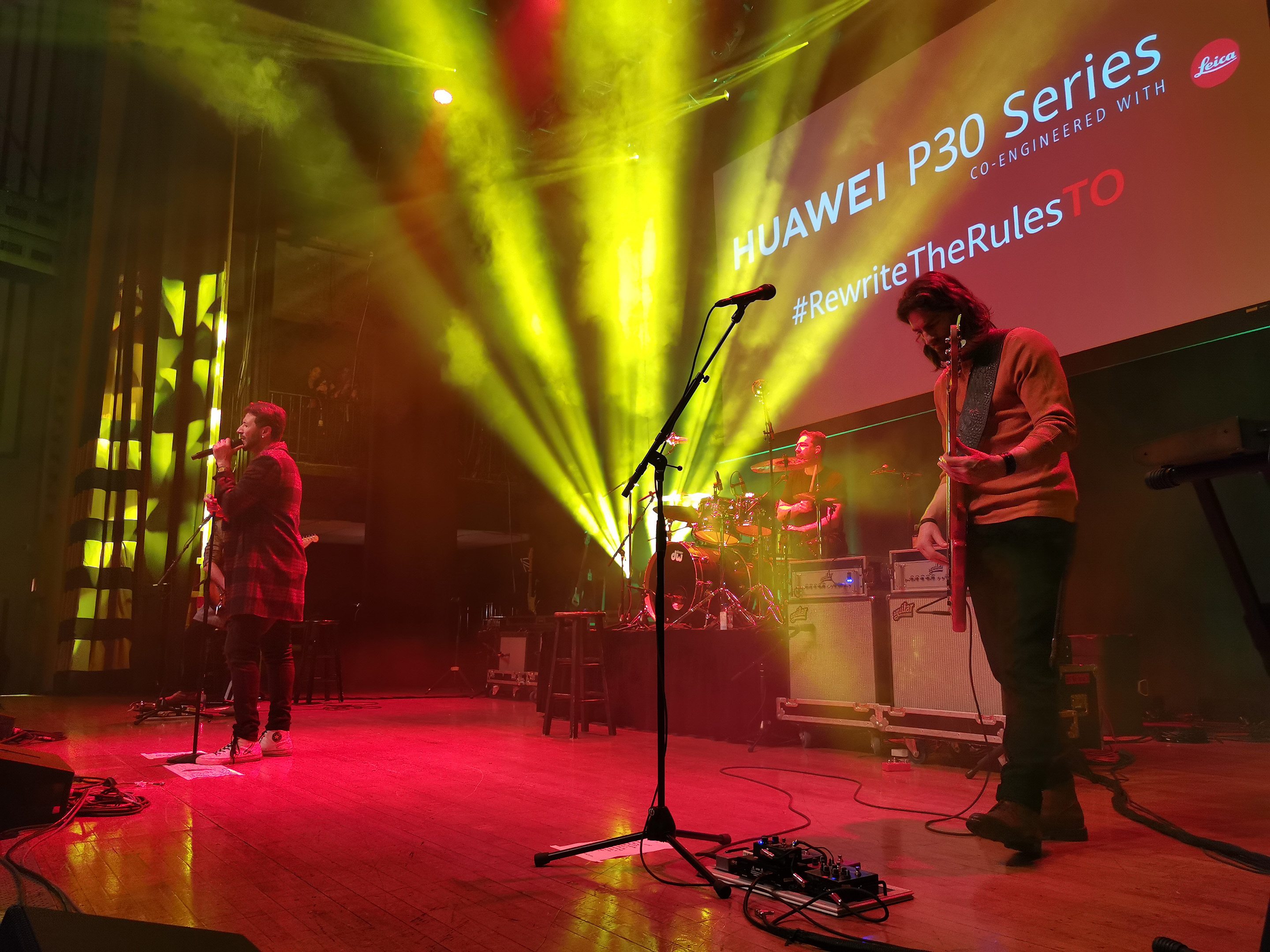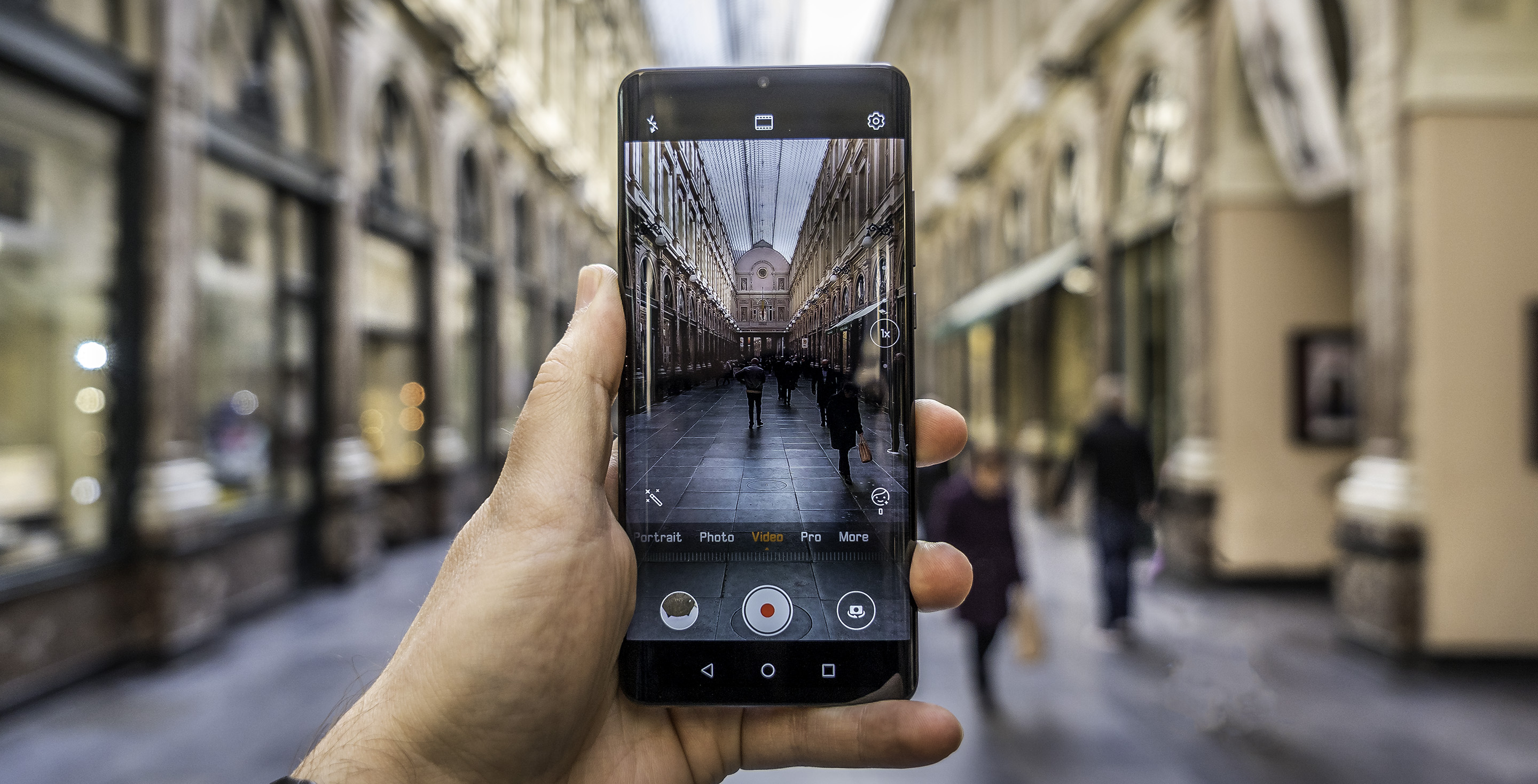
Huawei said it wanted to “rewrite the rules” of photography with the P30 Pro, and in so doing, it’s breaking a few along the way, too.
It’s not totally clear to me that Gal Gadot, of Wonder Woman fame, shoots all that much with the P30 Pro, but she is the face of the product. The commercial she stars in speaks to the phone’s photography credentials, and there are good reasons why.
I outlined some of my initial thoughts in a previous hands-on, and after diving deeper into the array of features here, I can say Huawei has the chops to claim it’s among the best mobile cameras one can wield. It served me well on an extended trip to Europe.
For a full review of the phone and Dean Daley own take on-camera performance, check it out here on MobileSyrup.
From all angles
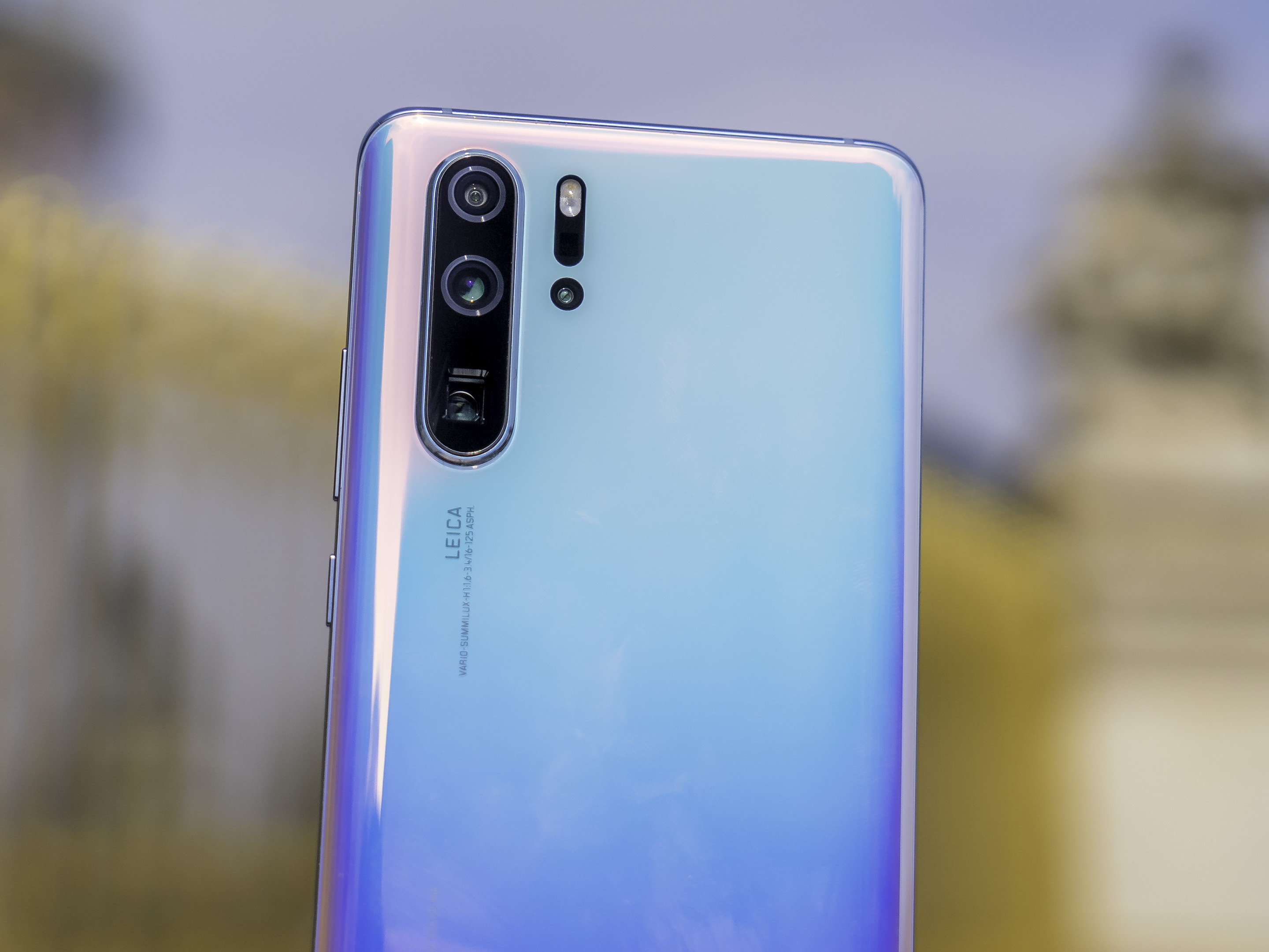
I’ve always felt that more lenses in a phone only matters if they have practical value. A telephoto lens isn’t worth having if it produces terrible images. What Huawei and Leica did together with the 5x optical zoom is an engineering feat, in my opinion. Utilizing the lateral space under the chassis to zoom in further without popping something out from the body is worth some applause. Who knew a periscope-like design would make its way to a phone one day?
I say that because it shoots well. The lens is available in almost every mode the phone’s camera offers. Soon enough, it will play a role with video when Dual View goes live in an upcoming software update. Night mode works just fine with it, too.
The thing about the P30 Pro is that its camera is incredibly deep. I found the 5x telephoto zoom lens sometimes brought me too close to properly crop a subject. For that, I could use the regular 1x lens and crop later. If even that lens put me too close, I had the ultra-wide lens to capture it all. If I wanted to shoot with some additional depth of field, Aperture and Portrait mode handled that. Manual controls via Pro mode brought something invaluable to the table, which I’ll get to later.
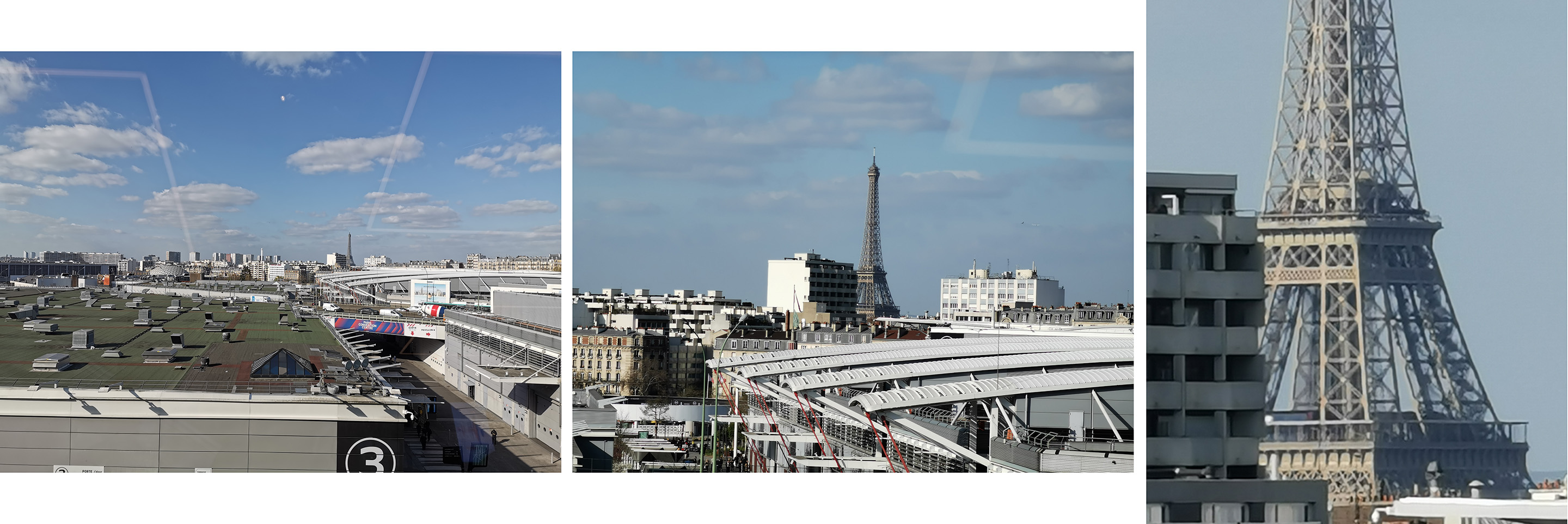
Huawei has touted its 50x zoom, but to me, that’s missing the real crux of what’s going on here. Sure, zooming in that far is neat, but it’s pretty much just magnifying the 5x zoom by cropping it digitally. It’s never going to be an acceptable photo in my eyes.
Not to mention it’s all but impossible to get a clear shot handheld. Every 50x zoom example Huawei showed to date was almost certainly taken with a tripod. Like Dean noted in his review, I found it more useful as a telescope, though I am somewhat unsettled by the fact it would be fairly easy to spy on someone from a distance.
Far more practical — to a surprising degree — was the 10x hybrid zoom. I detest digital zoom because it so obviously degrades an image, but the results here tempered my skepticism. However, the narrower aperture and increased sensitivity to movement make it challenging to shoot when lighting isn’t optimal. In low-light situations, it’s almost unusable handheld. With a tripod and Pro or Night mode, though, it’s possible to get a decent shot.
Shooting more
Sometimes, manufacturers will cram an array of shooting modes into the phone’s camera, only for some to be subpar or gimmicky. I’m not crazy about every one in the camera’s “More” section, but I do appreciate a few of them.
Monochrome is a gem, and well worth shooting with because of the flexibility that comes with it. Previously, the P10 and P10 Pro had a lens dedicated to black and white photography, but it’s been relegated to a software-based mode since the P20 Pro and Mate 20 Pro last year. Despite that, it’s excellent, especially in Portrait or Pro.
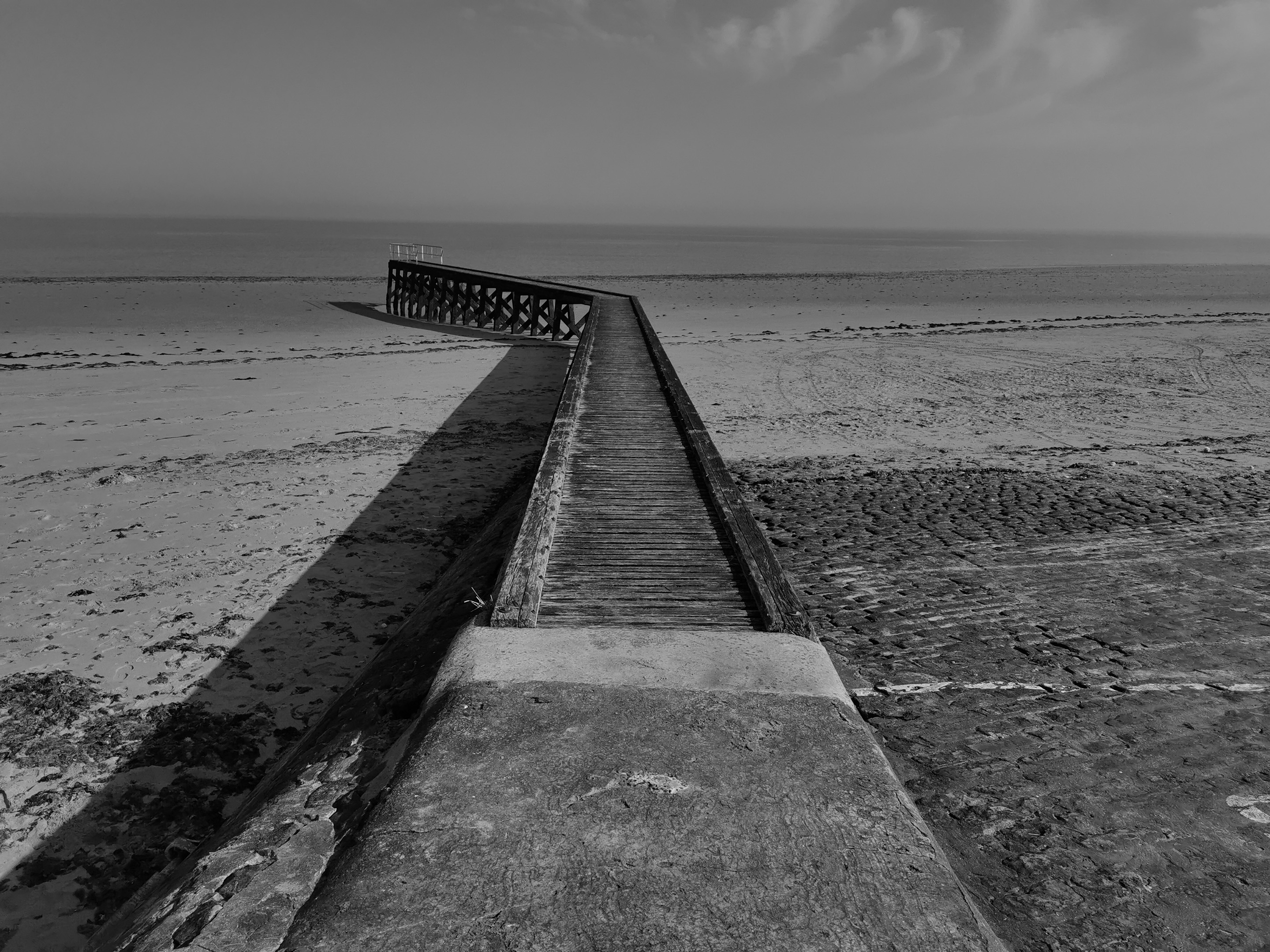
Huawei wisely included four of the main modes (normal, aperture, portrait, pro), along with full access to all the lenses. I would’ve liked Huawei to make this and HDR available on the main menu because they can help shooters get a little more creative.
Others, like Super Macro and Time-lapse prove worthy, too. I wondered in my hands-on why HDR was treated as a separate mode, and I’m still left wondering. While it does work okay, it’s inconsistent because it thinks it’s bringing out detail in highlights and shadows when it doesn’t always deliver. Moreover, Huawei already baked in backlighting help into its camera AI, which worked wonders for me.
Firing away
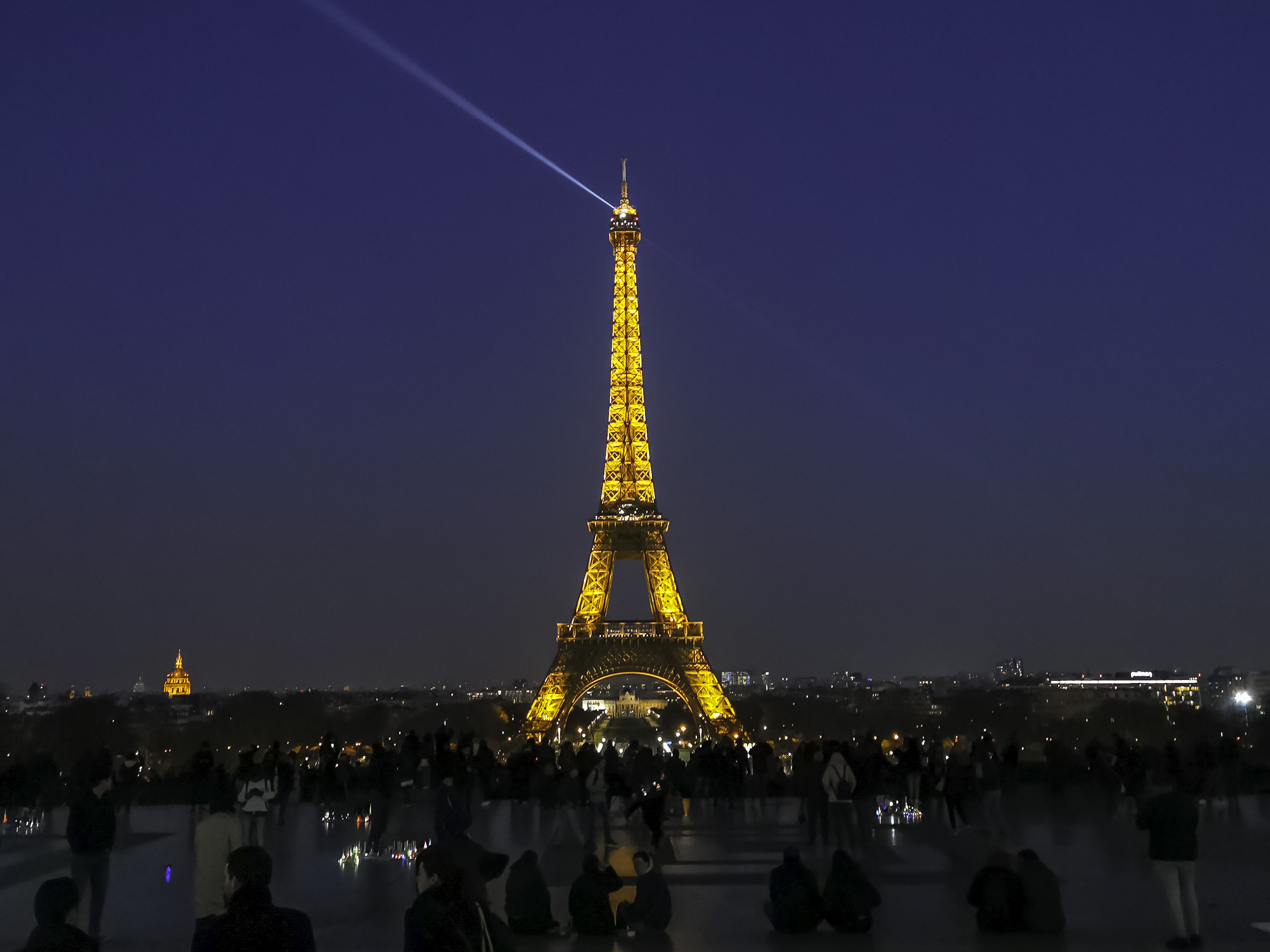
I’ve always leaned toward manual controls for better photos, and it’s no different here. Huawei’s Pro mode is relatively unchanged, but it benefits from the new lenses anyway. Shooting in RAW makes a real difference when editing with a program like Lightroom, especially with the way you can temper the camera’s impulses.
Master AI is Huawei’s way of automatically interpreting a scene and maximizing its composition. I’ve had my issues with it, and though still not totally sold, I like some of the changes. I mentioned earlier that backlit subjects can now come out looking fully illuminated. The beauty of it is that it requires no input from the shooter. So long as the AI is on with Photo mode, just point and shoot.
It’s one of those things that compensate for the lack of aperture control. Phone cameras are handicapped from the start because of their fixed apertures. Even the Samsung handsets equipped with a mechanical one are limited to two f stops. Pro mode lets you adjust shutter speed, ISO and exposure to try getting a nice, balanced image, except it’s hard to pull off sometimes. Master AI does it in seconds.

It’s very much in the same vein as Night mode, which remains one of the best things I’ve seen in a smartphone camera. Google’s Night Sight is the primary competitor, with OnePlus’ Nightscape trying to catch up. The thing with those other two is that it’s a one-and-done scenario. You press the shutter and hope for the best from the software.
Huawei’s mode is far more flexible. You can set the ISO and shutter speed or leave them on auto. You can also stop the shot’s capture and processing in mid-operation — something you may want to do to avoid an overexposed low-light scene. The ridiculously high maximum ISO (409,600) makes the mode more sensitive to light, and thus, more prone to overexpose shots when there’s a reasonable amount of light in the frame.
What I would love to see is the ability to shoot in RAW this way. Huawei’s Night mode software not only takes a huge burst of photos at different exposures and flattens them into one image, it also sharpens it. At times, the sharpening is overzealous, and so, I have to go and soften the edges in an editing app afterward. It’s a good problem to have, but it would be even better if shooters were given a say in how much sharpening goes into the shot.
Gauging image quality
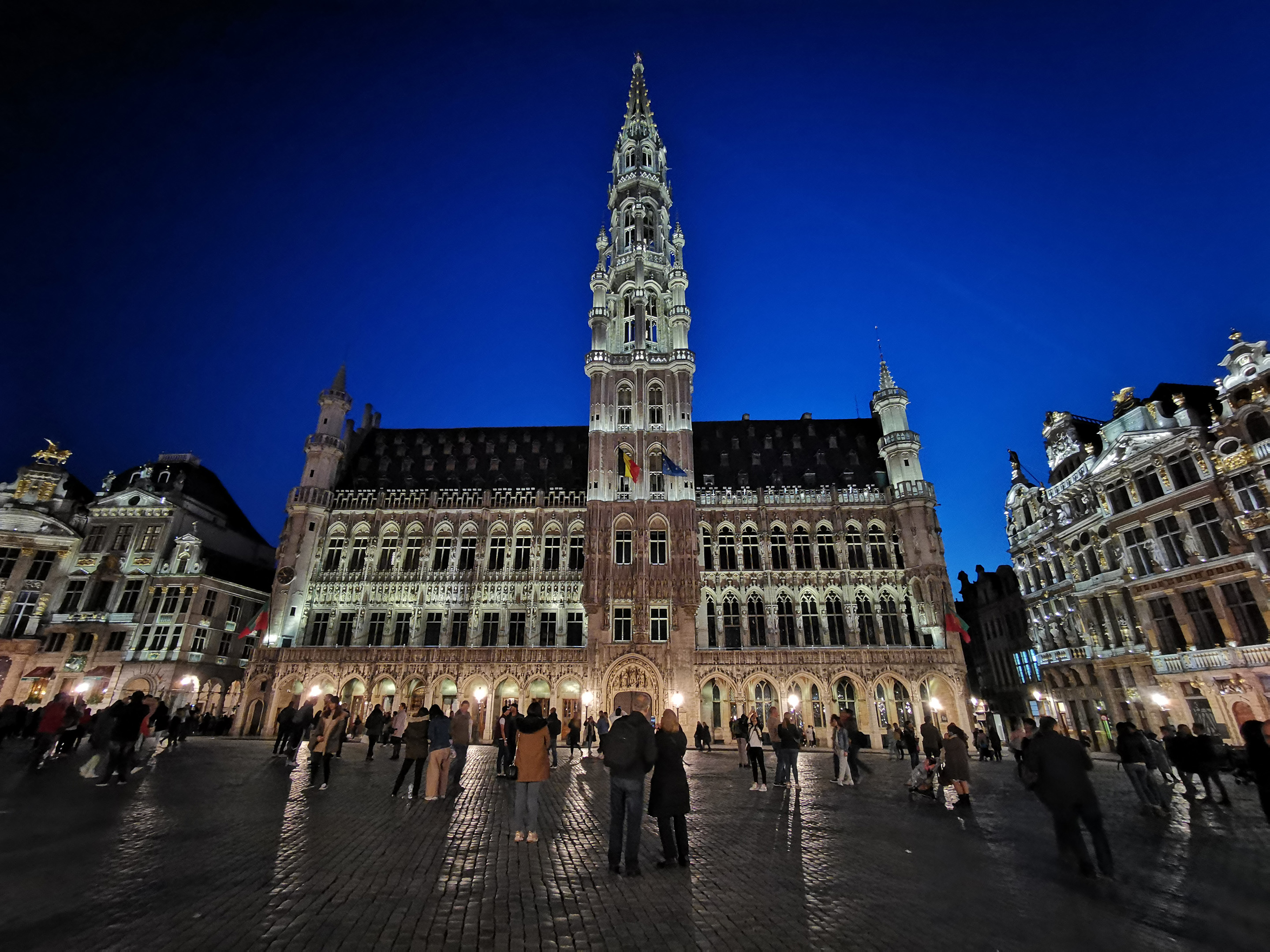
Colour is one thing the P30 Pro doesn’t always get right. It’s probably one reason why Huawei includes standard, vivid and smooth colour options through most of the shooting modes (via the film icon at the top). Standard sometimes comes off dull and muted, whereas vivid and smooth increase contrast and saturation for photos that ‘pop’ a little more.
It is always easier to add contrast and saturation to a photo later, so I can understand why standard is the default. It’s a little more challenging to do it when the image already has those things visually.
But even without all that, it’s one reason why I leaned on Pro mode. Photo mode automatically adjusts white balance and exposure, sometimes to a fault. For example, daytime photos giving me the bluest sky were shot in Pro. In Photo, the sky was either a faint blue or washed out white, depending on the angle and focal point.
The backlighting AI can help retain detail in the sky, but it doesn’t always look as rich. Pro helped me capture shadows and reflections I couldn’t have otherwise. The shots I took at the Canadian cemetery at Juno Beach in Normandy, France are good examples. Same with those I shot at the Vimy Ridge Memorial.
Plus, by shooting in Pro and getting RAW files out of it, I had more to work with in post-production. The fact friends and acquaintances were taken aback by the shots I got with the phone — edited or untouched — was a sign to me that the P30 Pro’s camera could shock people.
The ToF sensor
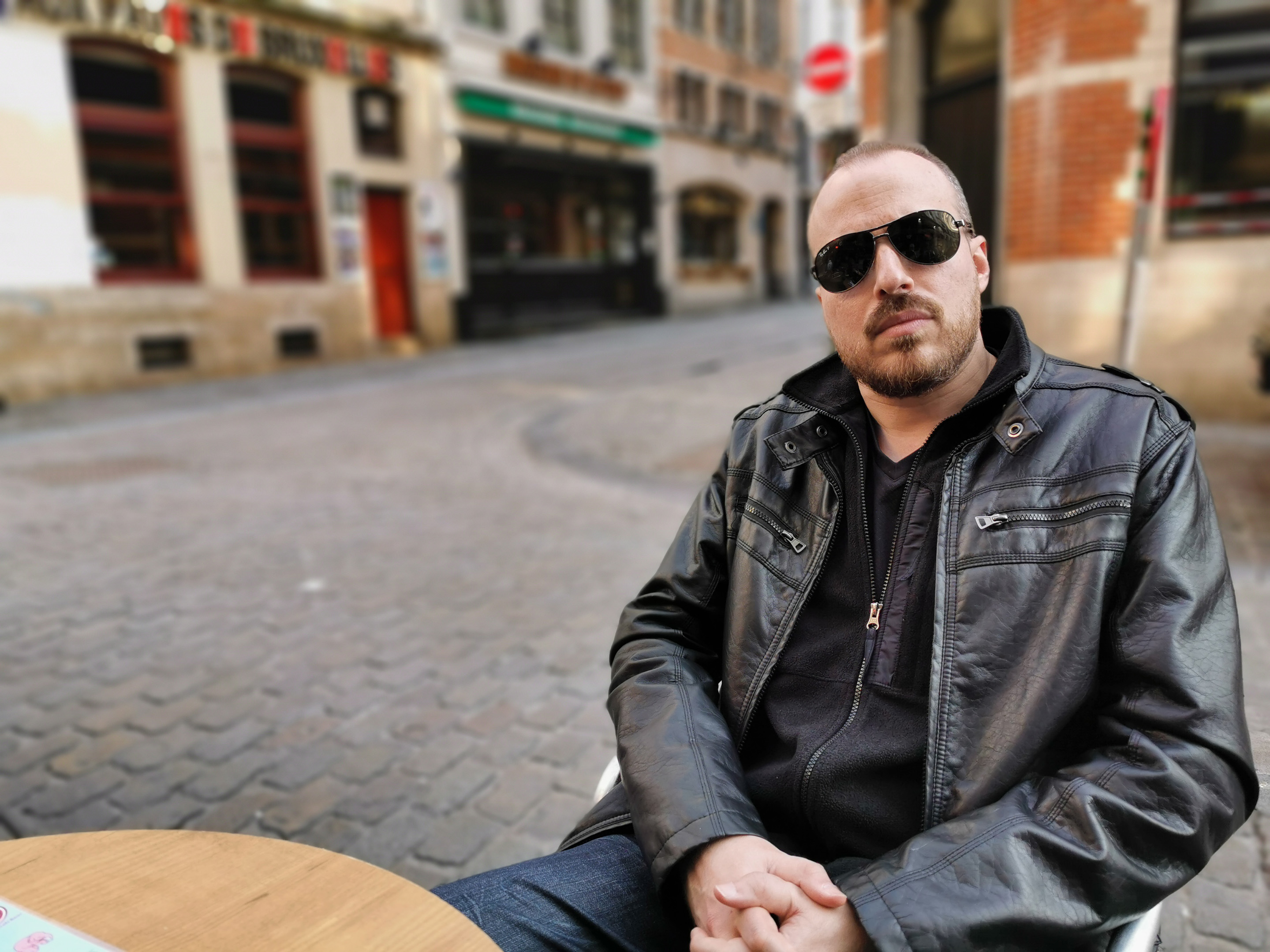
Huawei won’t be the only one touting the merits of a Time-of-Flight (ToF) sensor. The sensor shoots out an invisible laser to measure when light bounces off a subject to create a 3D depth-of-field map. The result is supposed to be better bokeh photos, but I’m not sure that’s always the case. Not that photos are bad, just that the P30 Pro seems better than its predecessors at depth-of-field shots even without ToF in action.
Still, it’s there, and bokeh effects are nice, as a result. If the sensor can take away some of the heavy lifting of other conventional methods to achieve the perfect blur, I’m all for it. Ultimately, I believe ToF will figure more prominently with augmented reality (AR) content, and it remains to be seen how Huawei will roll that out.
Video recording

Huawei highlighted increased digital stabilization for video footage, but for whatever reason, chose not to make it an elective feature. I wish engineers had, because the stabilizing effect alters the framerate in mid-capture. I could go walking around shooting at 30fps, but with a quick pan up, down or sideways, the refresh rate appears to double.
On another user’s phone, I witnessed a video, shot dashcam-style, where the interior of the car never really moved, yet every bump made everything else move. It was almost as if the windshield was a movie theatre screen and car’s dash a row of seats. Kind of cool, but otherwise unnatural, making it hard to fully trust the phone for video.
When the effect doesn’t kick in, thanks to a static subject or slower movement, video quality is excellent. In low-light and when switching lenses, it’s not always smooth, and without manual video controls, there’s little I could do to improve the situation.
My review unit also had a problem with artificial light sources flickering in various clips I shot. Seeing others unaffected by the same issue, I’m chalking it up to a defect in mine, so unlikely something widespread.
Total package

What Huawei delivered with the P30 Pro is a versatile mobile camera that should serve notice to both competitors and consumers, alike. Apple has seemingly deemed its users uninterested in advanced photography features.
Samsung recently missed an opportunity to close the low-light photo gap. Google has done a remarkable job, albeit with a limited feature set. Huawei is trying things others simply haven’t yet, and much of what it’s doing actually works.
Calling this one of the best smartphone cameras available isn’t an understatement. If you had the P30 Pro in your hands, you would be doing yourself a disservice by not learning the camera’s gamut of features and modes. It won’t replace a DSLR, in my opinion, but it’s more than capable of taking outstanding photos right out of your pocket.
MobileSyrup may earn a commission from purchases made via our links, which helps fund the journalism we provide free on our website. These links do not influence our editorial content. Support us here.

